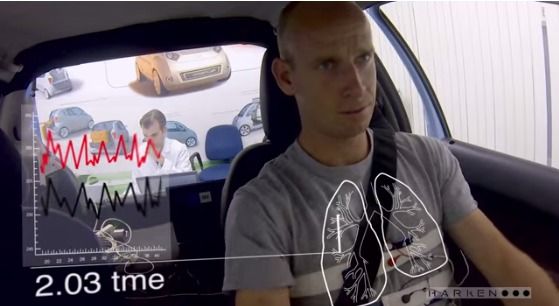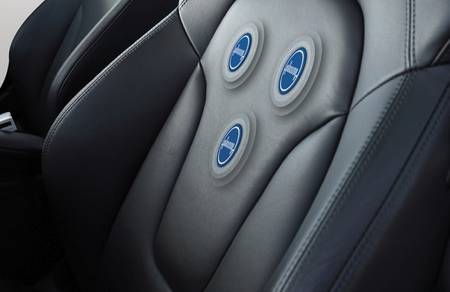A consortium of Europeen universities, companies and technology centers is working on the problem for detecting drowsiness of the drivers. Named as the project Harken, the plan is to incorporate heart rate and respiration sensors into the seat belt of a car. Technically quite simple, the system can be quickly integrated into the vehicles.
According to figures quoted on the official website of the project Harken ( Heart and breathing in-car embedded nonintrusive sensors ), 20-35% of the fatal road accidents recorded in the European Union (that makes about 7,000 deaths per year) are a result of driver fatigue and drowsiness. Besides the high human and social costs, these tragedies also have an economic impact resulting in loss of 10-24 billion euros. Many legistelative and technical projects are trying to solve this issue. Project Harken is also the part of these efforts.
This is a consortium funded by the European Union which aims to develop a system for detecting fatigue and the resulting sleepiness. Among the tangible signs, there is a particular heart rhythm and breathing change when a person is suffering from fatigue. The idea is to monitor these vital signs in a non-intrusive way, using sensors placed on the seat belt and surface of the car seat. The information is then sent to a computer box under the seat for real-time analysis and possibly trigger an alarm to alert the driver.
[youtube]https://www.youtube.com/watch?v=weD1-YA-7kM[/youtube]
Furthermore, the system developed in project Harken is also able to filter out the effects of noise interference and vibrations of the vehicle. The system is currently being tested on closed road and designers say that initial results are inconclusive. Although no date has been announced yet for the commercial launch of the system, the relative technical simplicity and the ability to integrate discretely into current cars are big pluses.


